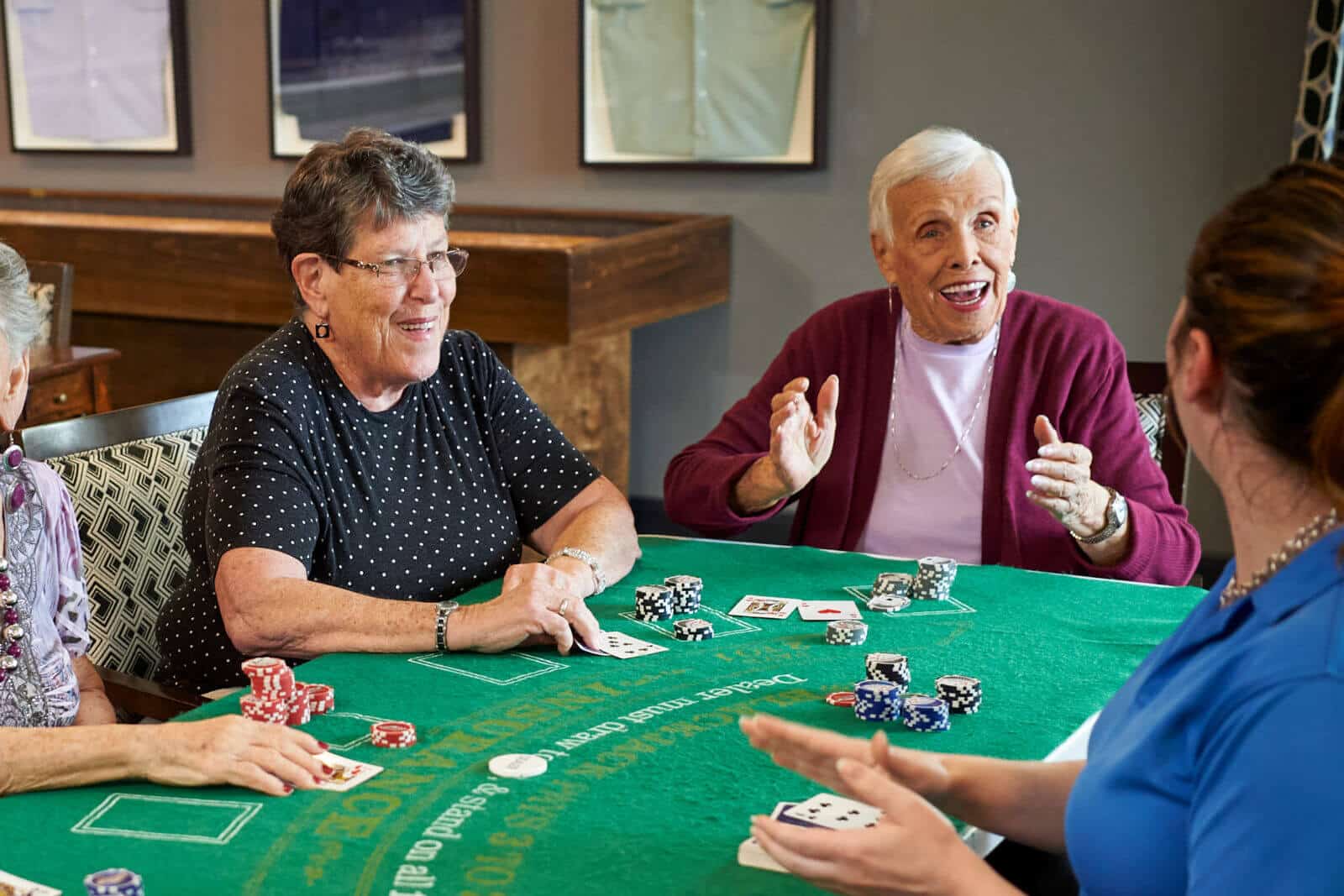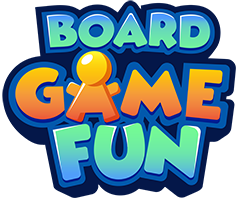How to Play Blackjack
Blackjack is one of the most popular card games, known for its blend of simplicity and strategy. It offers an excellent way to unwind without requiring complex rules or excessive time commitment. For those balancing work and personal life, this guide will provide you with the essentials to start playing confidently while keeping it fun and budget-friendly. Here's what you'll learn: gathering the basics, understanding the rules, and troubleshooting common mistakes.
Getting Started: What You’ll Need
Before jumping into the game, ensure you have the following:
-
-
Deck of Cards
- A standard 52-card deck works perfectly for casual home games.
-
Chips or Tokens
- These represent bets. If you don’t have chips, use coins, buttons, or any small objects.
-
Flat Surface or Table
- A dedicated card table adds flair, but any flat surface will do in a pinch.
-
Players
- Ideal for 2-7 players (one acts as the dealer).
-
Budget Considerations:
Blackjack doesn’t need to break the bank. For low-cost fun:
-
Use small denominations for betting to maintain a relaxed environment.
-
Consider free online blackjack simulators to practice strategies without spending money.
Step-by-Step Instructions on How to Play Blackjack
Setup
-
Choose a Dealer
- One person serves as the dealer. (You can rotate this role to let everyone try it out.)
-
Shuffle the Deck
- Give it a thorough shuffle to ensure randomness.
-
Deal Two Cards
- Each player (and the dealer) gets two cards. One of the dealer’s cards is typically dealt face down (“the hole card”), while the other is face up.
Card Values
- Number Cards (2–10): Worth their face value.
- Face Cards (K, Q, J): Worth 10 points.
- Ace (A): Can be worth 1 or 11, whichever benefits your hand the most.
The Goal
- Reach 21 or as close as possible without going over.
- Beat the Dealer’s Hand by having a higher total than the dealer without busting (exceeding 21).
Player Options
- Hit: Request another card to try to improve your total.
- Stand: Keep your current total and end your turn.
- Double Down: Double your initial bet in exchange for receiving exactly one more card.
- Split: If you’re dealt two identical cards, you can split them into two separate hands. This requires an additional bet.
Dealer’s Turn
- After all players finish, the dealer reveals their hidden card.
- The dealer must draw cards until reaching at least 17 (not “1”!). If the dealer’s total goes over 21, the dealer busts.

Scoring & Determining the Winner
-
Busts
- Any hand that exceeds 21 is a loss, regardless of what the dealer holds.
-
Comparing Totals
- If your total is higher than the dealer’s (and you haven’t busted), you win.
- If the dealer busts, all remaining players win automatically.
-
Push (Tie)
- If you and the dealer have the same total, it’s a “push,” and no one wins or loses that round.
Strategy, Tips & Common Mistakes
Budget & Betting
- Overbetting: Don’t bet more than you’re comfortable losing. Set a budget and stick to it.
- Practice for Free: Use free online simulators or friendly home games to sharpen your skills.
Common Pitfalls
- Misunderstanding Aces: An Ace can be 1 or 11—whichever value gets you closer to 21 without busting.
- Splitting & Doubling Down Confusion: These moves can be powerful but require practice. Watch a few rounds or try them in low-stakes games to build confidence.
Basic Tips
- When in Doubt, Check the Dealer’s Card: If the dealer’s face-up card is high (7 or above), consider hitting until you reach at least 17.
- Know When to Stand: If you have a decent total (like 17 or higher), standing is often safer—especially if the dealer is showing a weaker card.
Variations & House Rules
While the classic version of blackjack is straightforward, there are a few popular variations you might encounter:
- European Blackjack: The dealer receives only one card at the start.
- Spanish 21: Uses a 48-card deck (removes all 10s), with different payout structures.
- House Rules: Some tables allow you to re-split aces or have different doubling rules—always clarify before you begin!
Frequently Asked Questions
-
How many players can join a game of blackjack?
Typically 2-7 players, including the dealer. -
What happens if both the dealer and a player get 21?
That’s called a “push”—no one wins or loses. -
Is it better to hit or stand on 16?
It depends on the dealer’s face-up card. If the dealer shows a 7 or higher, hitting is often recommended. -
Can blackjack be played without chips?
Yes, you can use coins, scraps of paper, or any other small items to represent bets. -
What’s the difference between blackjack and 21?
They’re essentially the same game; “blackjack” specifically refers to an Ace + 10-point card that totals 21.
The Final Shuffle
Blackjack is an enjoyable, straightforward card game that can be played almost anywhere. With the basics in hand, you’re well-equipped to dive into your first game confidently. Once you master this classic, consider exploring other popular card games or even advanced blackjack strategies for a deeper challenge.
Share this guide with friends or subscribe for more easy-to-follow tutorials. Happy gaming!


